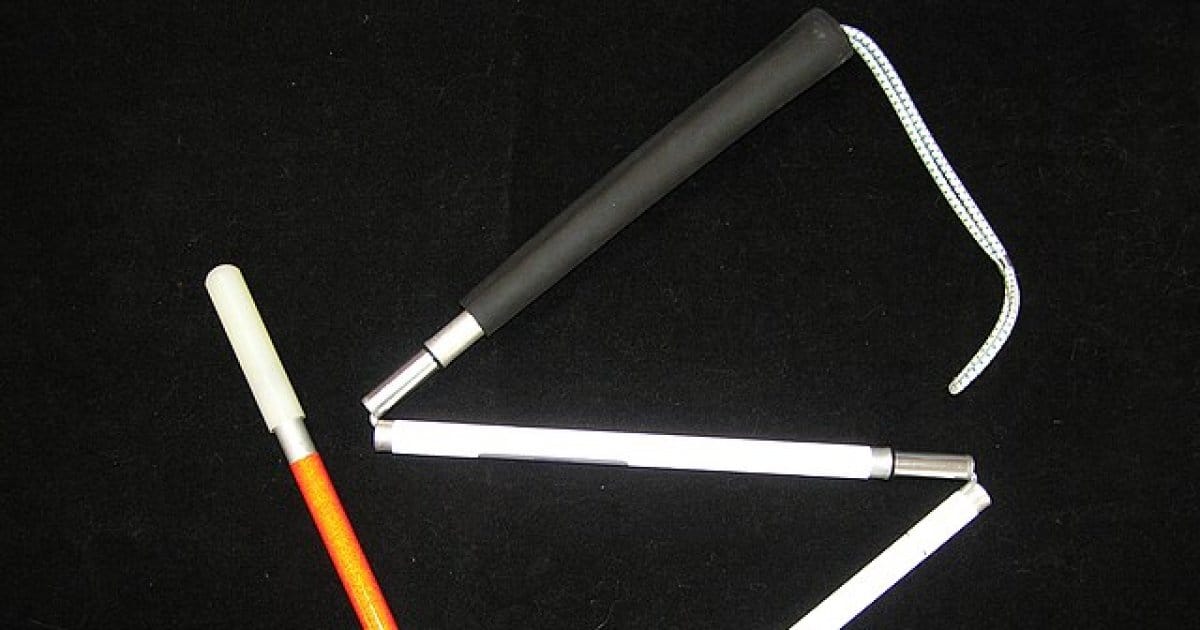I was always very active on the sports ground and loved playing football and cricket. In addition to these, I enjoyed walking, swimming, and reading. These intense physical activities brought me great joy.
However, during my teenage years, I began facing mounting difficulties, especially on the playground. Many times, I could not catch a cricket ball or football properly due to my poor eyesight.
As a result, I gradually withdrew from sports, which required clear and precise vision. Sports, which had once been a source of happiness and confidence, now felt like an impossible challenge.
I then shifted my attention to other interests such as travelling and reading. However, it did not take long before I began encountering difficulties in these areas too. Reading and writing became increasingly hard, and moving around independently started to feel unsafe, as my eyesight continued to deteriorate steadily.
At one point, doctors informed me that my eye condition was incurable and that I was likely to lose my eyesight permanently. This news was devastating. I felt insecure and nervous about moving around, meeting new people, or even exploring familiar places.
I had to depend heavily on my family or friends whenever I needed to go somewhere unfamiliar or navigate daily activities. What had once been simple routines, like walking to a shop or crossing a busy street, now required careful planning and external support.
I was first introduced to the white cane in 2005 during a training program in Dhaka, designed specifically for people with visual disabilities. It was there that I received my first white cane. At first, I was hesitant to use it openly. I would keep it tucked away in my bag, feeling embarrassed to carry it in my hand.
One day, while I was carefully crossing a busy road, a car hit me. Despite my cautious attention, I had failed to notice it in time. That incident was a turning point. I realized that I could no longer rely on my eyes and had to depend fully on the white cane.
Determined to regain my independence, I collected a guide on using the white cane and began practising on my own. The early days were challenging, but gradually I became more confident. Over time, I developed a sense of security and trust in the cane.
I started exploring the busy streets, crowded roads, and public transport systems of Dhaka independently. Each successful journey strengthened my confidence, showing me that I could navigate the world safely, even without sight.
Currently, I work as manager, Disability Inclusion, at BRAC. Before joining BRAC, I worked with other national-level organizations. Over the past 20 years, I have travelled extensively for work, often covering 30 to 35 kilometres daily through public transport in Dhaka.
In addition to these urban journeys, I have visited nearly all regions of Bangladesh for both professional duties and personal travel. I have managed every single trip independently, relying solely on my white cane.
My experiences have also extended beyond Bangladesh. I have undertaken numerous overseas trips using only my cane, confidently managing all aspects of travel on my own. I completed a two-year Master’s program in Australia, where I attended classes, explored the city, and went shopping, relying almost entirely on my white cane.
Through these experiences, I have come to regard the white cane as an indispensable companion — a tool that allows me to navigate life as effectively as sighted people, almost as if it were an extension of my eyes.
The use of the white cane varies between Bangladesh and developed countries. In Bangladesh, people usually prefer a shorter cane because the roads and footpaths are crowded, making it difficult to use the cane effectively.
In contrast, in many developed countries, a longer cane with a rolling ball at the tip is used, as the streets and pathways are more accessible and less congested. These differences reflect the challenges posed by urban infrastructure and accessibility in different contexts.
Relying on my white cane, I venture out of my home every day and embrace the challenges of the world with confidence. I prefer to depend on my cane rather than on human assistance whenever possible. For me, the white cane is not merely an assistive device; it is a symbol of my independence, my confidence, and my dignity. It represents my spirit and my ability to navigate life on my own terms.
Mohammed Mosharef Hossain Bhuiyan is manager, Disability Inclusion, Gender, Justice and Diversity Program at BRAC. Email: [email protected].



